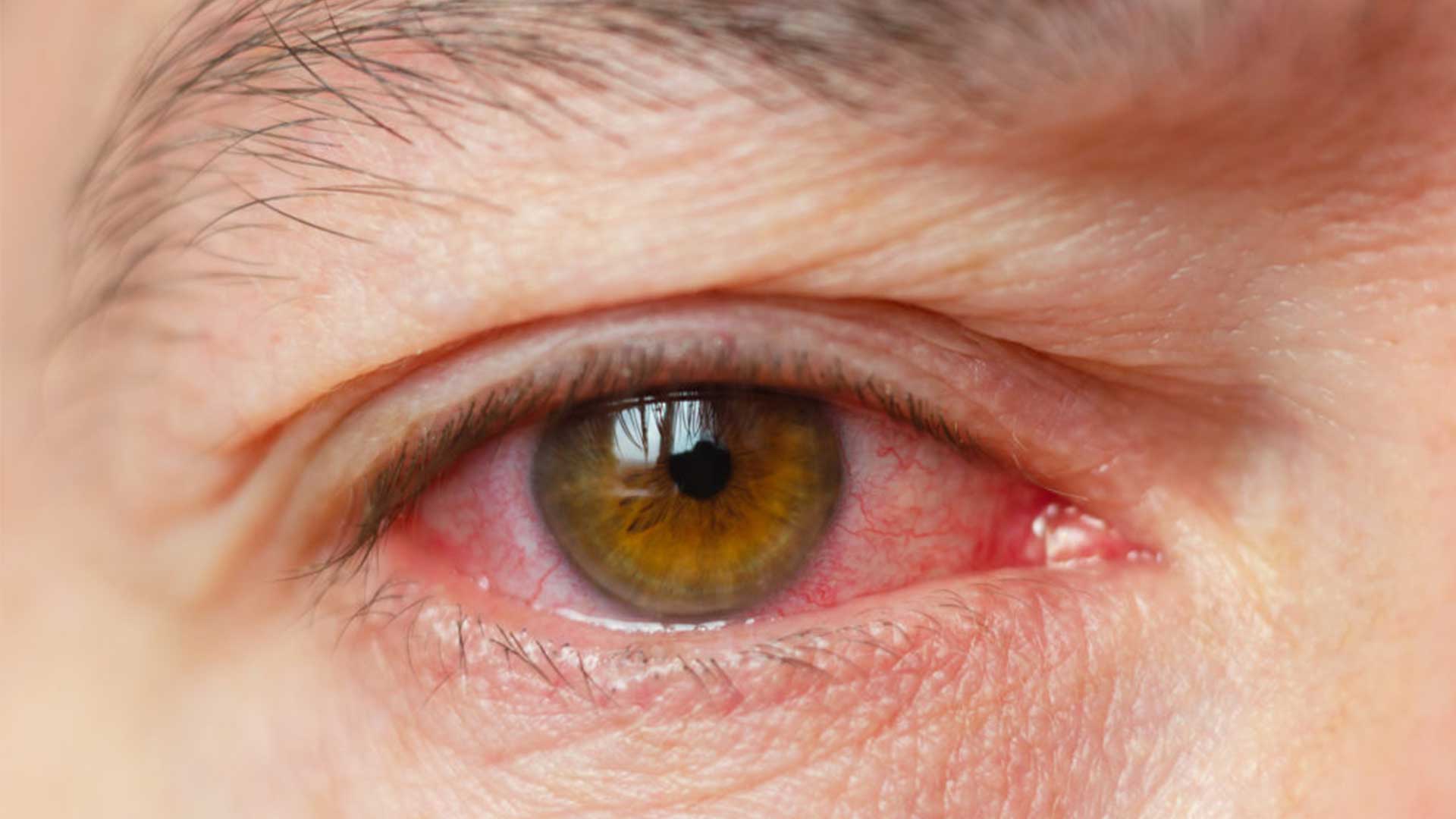INTRODUCTION
Uveitis (You-We-Eye-Tis) is a broad term used for eye inflammation. The name comes from the fact that the inflammation most commonly arises in the middle layer of the eye called UVEA. The suffix ‘-itis’ means inflammation in Greek; and just like inflammation of JOINTS (Greek - ‘arthron’), or LIVER (Greek - hêpar) is known as arthritis or hepatitis respectively, the inflammation of the uvea is called UVEITIS.
Uvea is the middle layer of the eye and the name has originated from the Latin word, Uva; which means a purple grape. Uveal layer is majorly composed of blood vessels and is responsible for supplying nutrition to the retina (the sensory part of the eye).
Uveitis is not a single disease but actually comprises of about 50 different conditions based on location, cause and type. The scope of uveitis is actually any inflammatory disease of the eye and includes inflammation of any part of the eye and not just the uvea. It includes the cornea, sclera and the retina.

